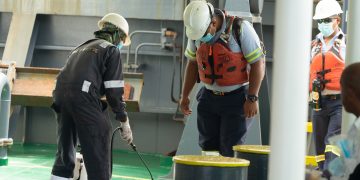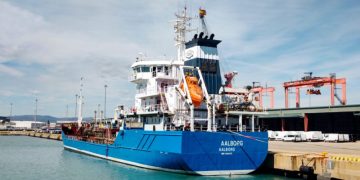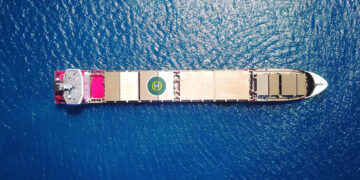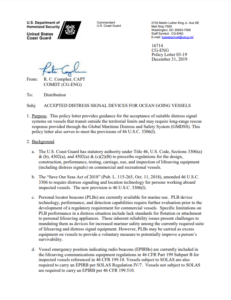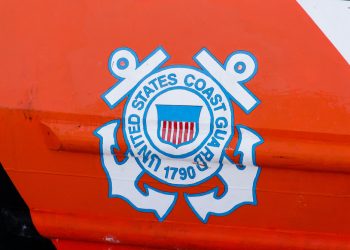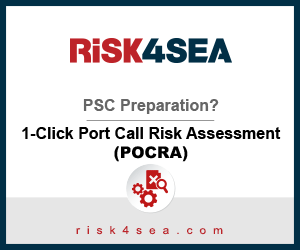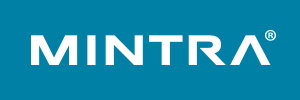The US Coast Guard (USCG) issued guidance highlighting suitable distress signal devices for vessels that transit outside the territorial limits and may require long-range rescue response provided through the Global Maritime Distress and Safety System (GMDSS).
The USCG Office of Design and Engineering Standards published the Policy Letter 03-19: “Accepted Distress Signal Devices for Ocean Going Vessels”, serving to meet the provisions of 46 U.S.C. 3306(l), which requires distress signaling and location technology for persons working aboard inspected vessels.
The 406 MHz EPIRB for marine use remains the best available satellite distress signal technology for rescue operations based on USCG accepted performance standards and regulatory requirements. When properly maintained and registered, an EPIRB provides the distress alert, location, and vessel identification globally, with a 48-hour continuous signal.
Until a suitable alternative is accepted, carriage of a 406 MHz EPIRB in accordance with SOLAS Regulation IV/7.1.6 shall be considered as complying with 46 U.S.C 3306(l).
Operators of vessels on ocean routes should verify they meet minimum distress signal requirements in accordance with the applicable Coast Guard regulations in 46 CFR 199.60 and SOLAS, with EPIRBs that are FCC listed/approved and properly registered with NOAA.
These actions ensure the best emergency response from rescuers within the GMDSS.
Owners and operators may consider augmenting their distress signal suite with 406 MHz PLBs for crew members.
Although PLB performance is not equivalent to an EPIRB and methods of carriage or deployment have not been established, the PLB, when properly maintained and registered, provides the distress alert, location, and owner identification globally.
Any single distress signal device should be considered as a part of a vessel’s complete emergency response and distress signal system. Other communications, safety, and distress signal equipment should always be considered for outfitting and appropriately used to maintain personal preparedness for a worse case distress situation.
New technologies and systems for emergency communications equipment will be evaluated for alert and locating purposes to effect efficient rescue.
Where equipment is assessed to be suitable for that purpose, vessel regulations may be developed to recognize those technologies or devices and specify new carriage requirements.
The USCG will specifically authorize any new distress signal devices and technologies that we have determined to be equivalent in performance to currently accepted devices for alert and locating capabilities to meet carriage requirements for emergency distress signal and response requirements.
Any changes to the suite of acceptable distress signals will also need to be incorporated into training courses.
Explore more herebelow:









